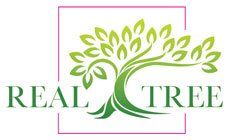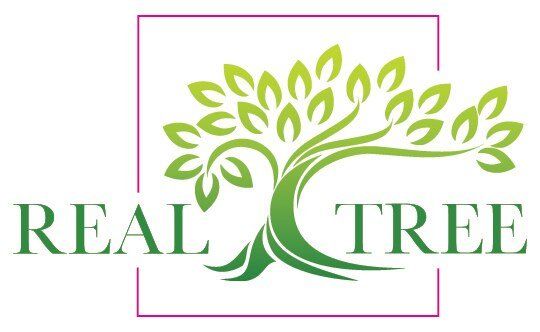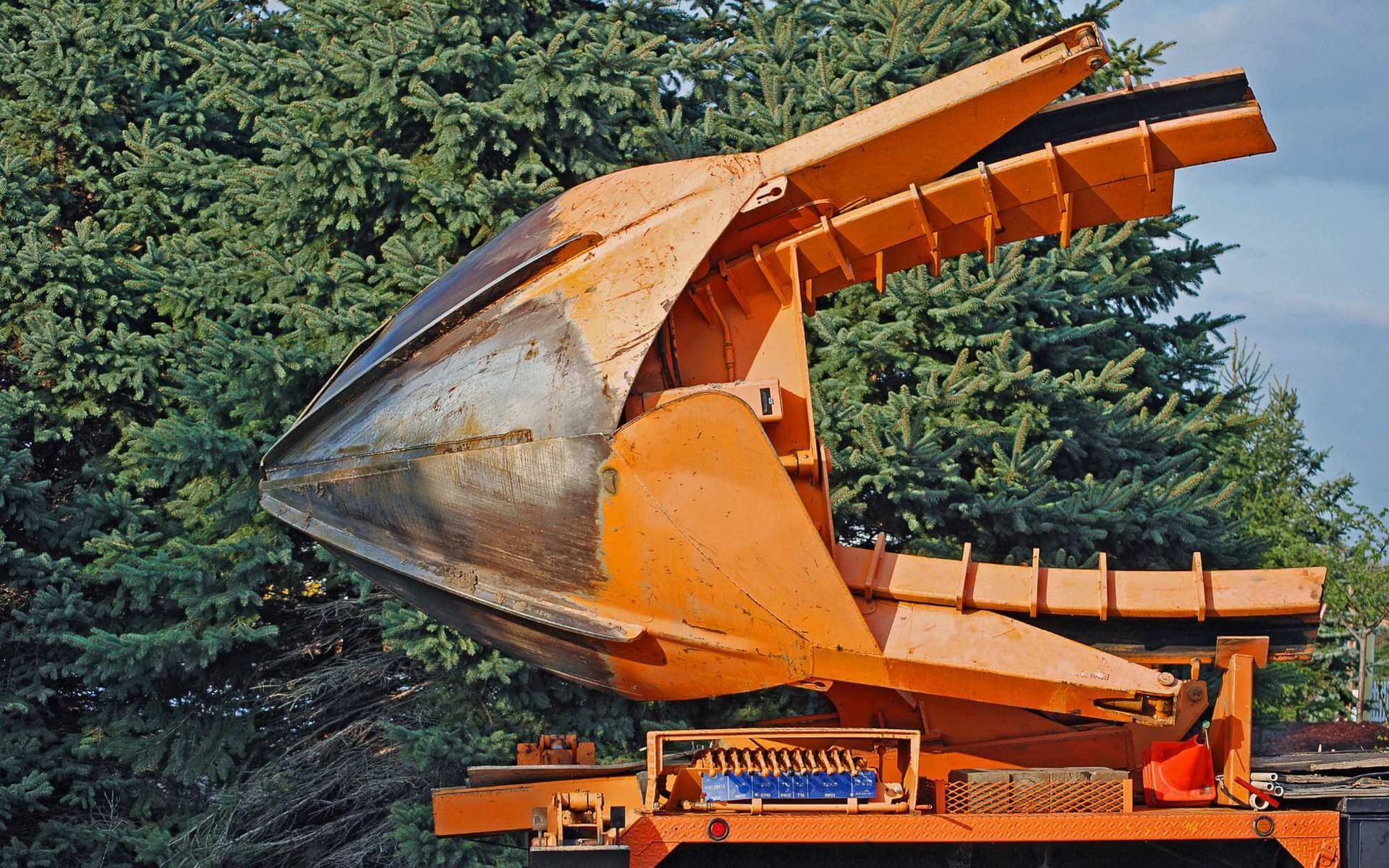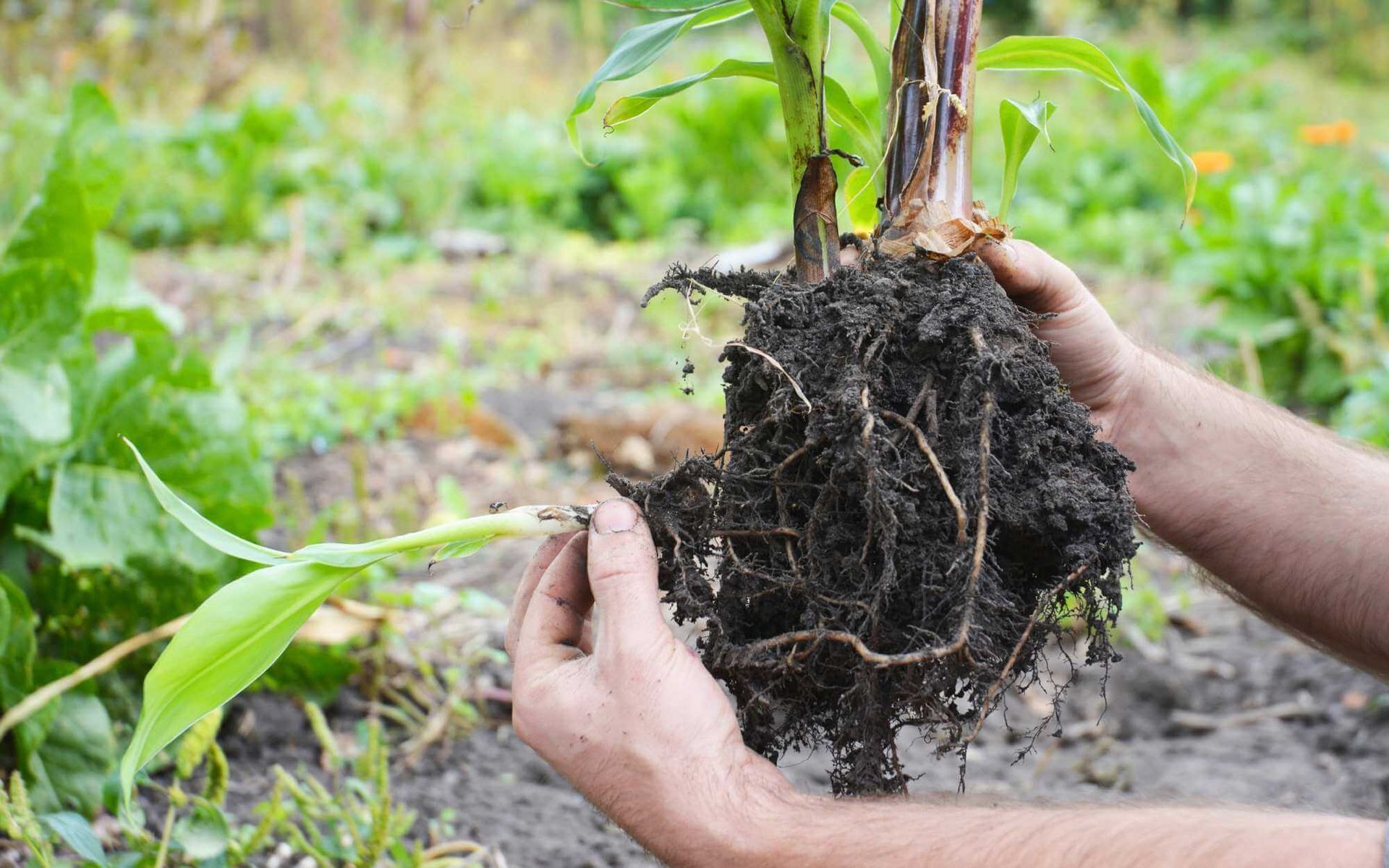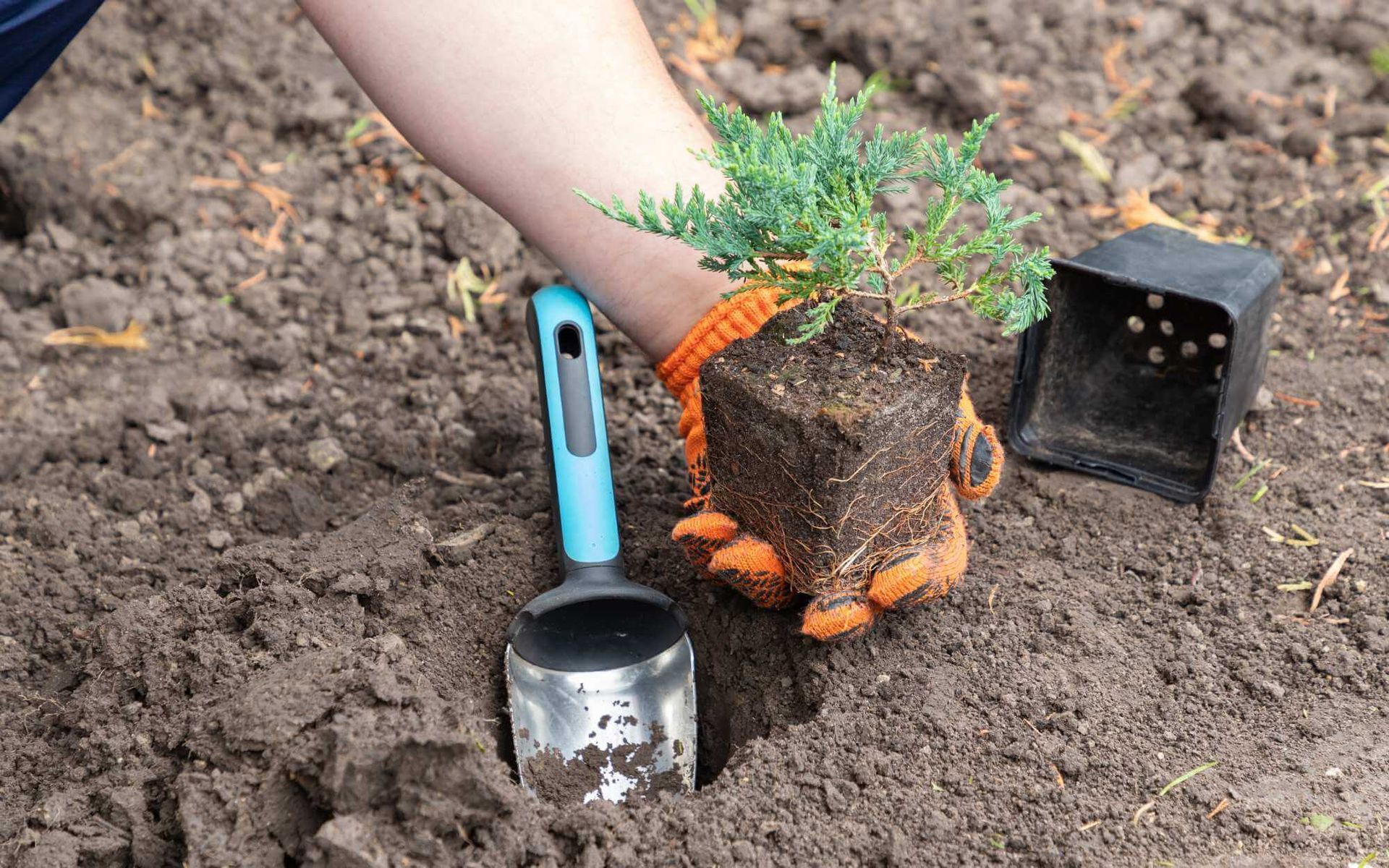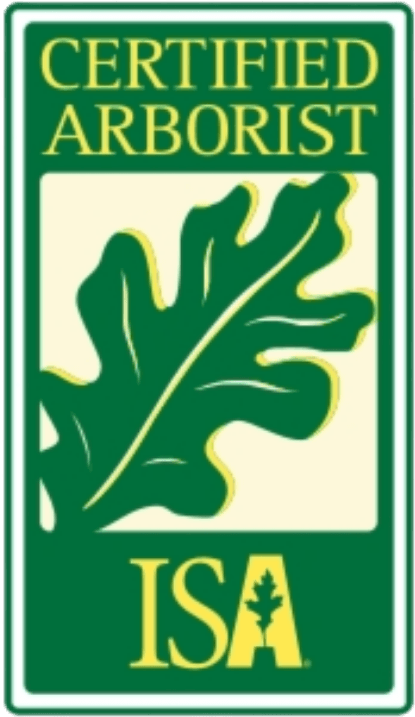Improving Air Quality through Urban Tree Management
PUBLISHED ON
SHARE THIS ARTICLE
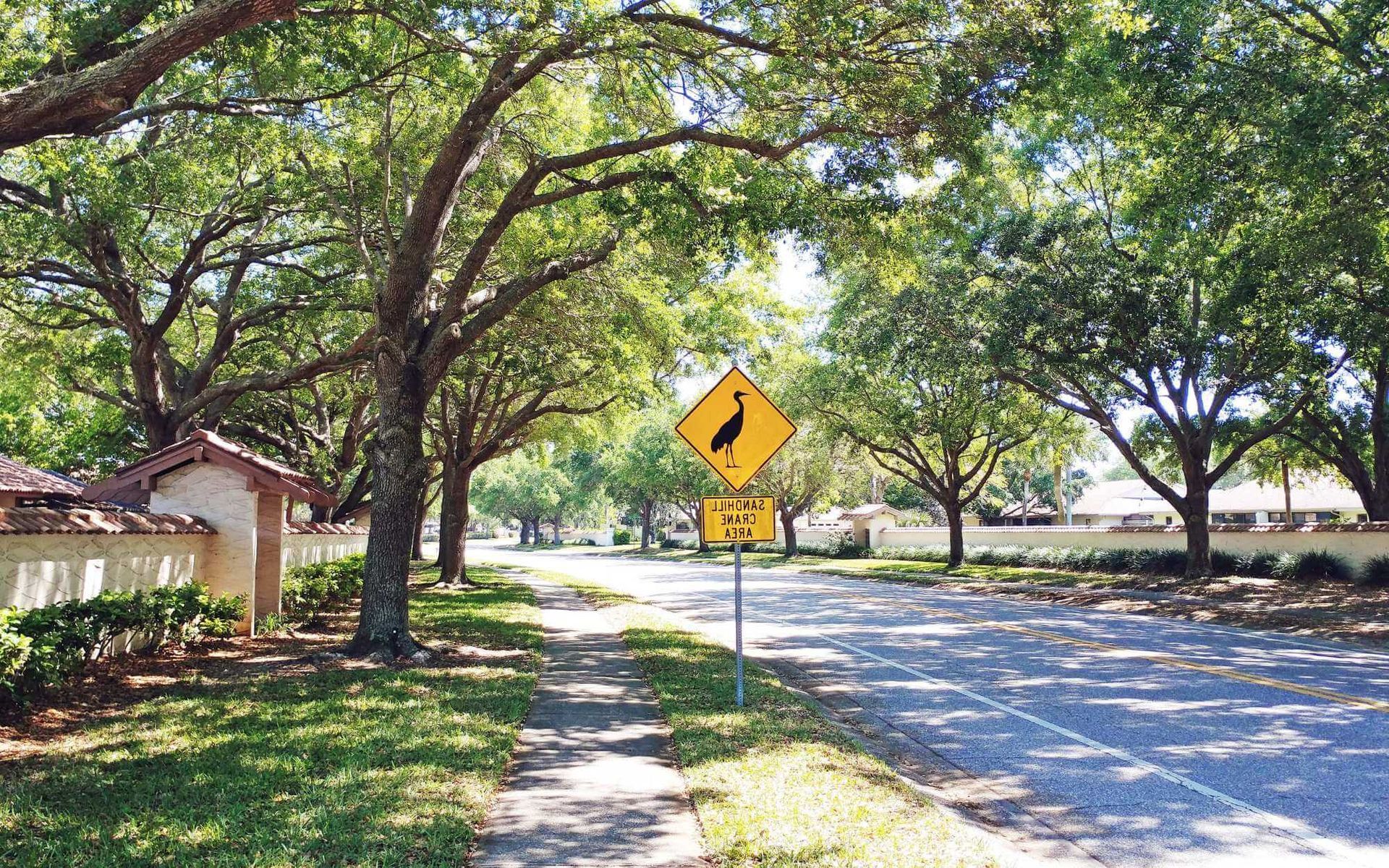
Air quality isn't just a measure of the cleanliness of our surroundings, it directly influences human health, biodiversity, and the overall well-being of our planet. Poor air quality, often characterized by high levels of pollutants, can lead to severe health issues like respiratory problems, allergies, and even heart diseases. Likewise, it can disrupt the delicate balance of our ecosystems.
As urbanization accelerates, finding sustainable ways to improve air quality has become a pressing concern. One such solution lies in the green giants that dot our cities - the trees.
Urban tree management - the strategic planting, care, and preservation of trees in urban settings - holds immense potential in our fight against pollution. This practice not only beautifies our cities but also serves as a natural air purifier, making our urban spaces healthier and more livable.
Let's dive deeper into how urban tree management can help improve air quality.
Understanding Air Pollution and its Consequences
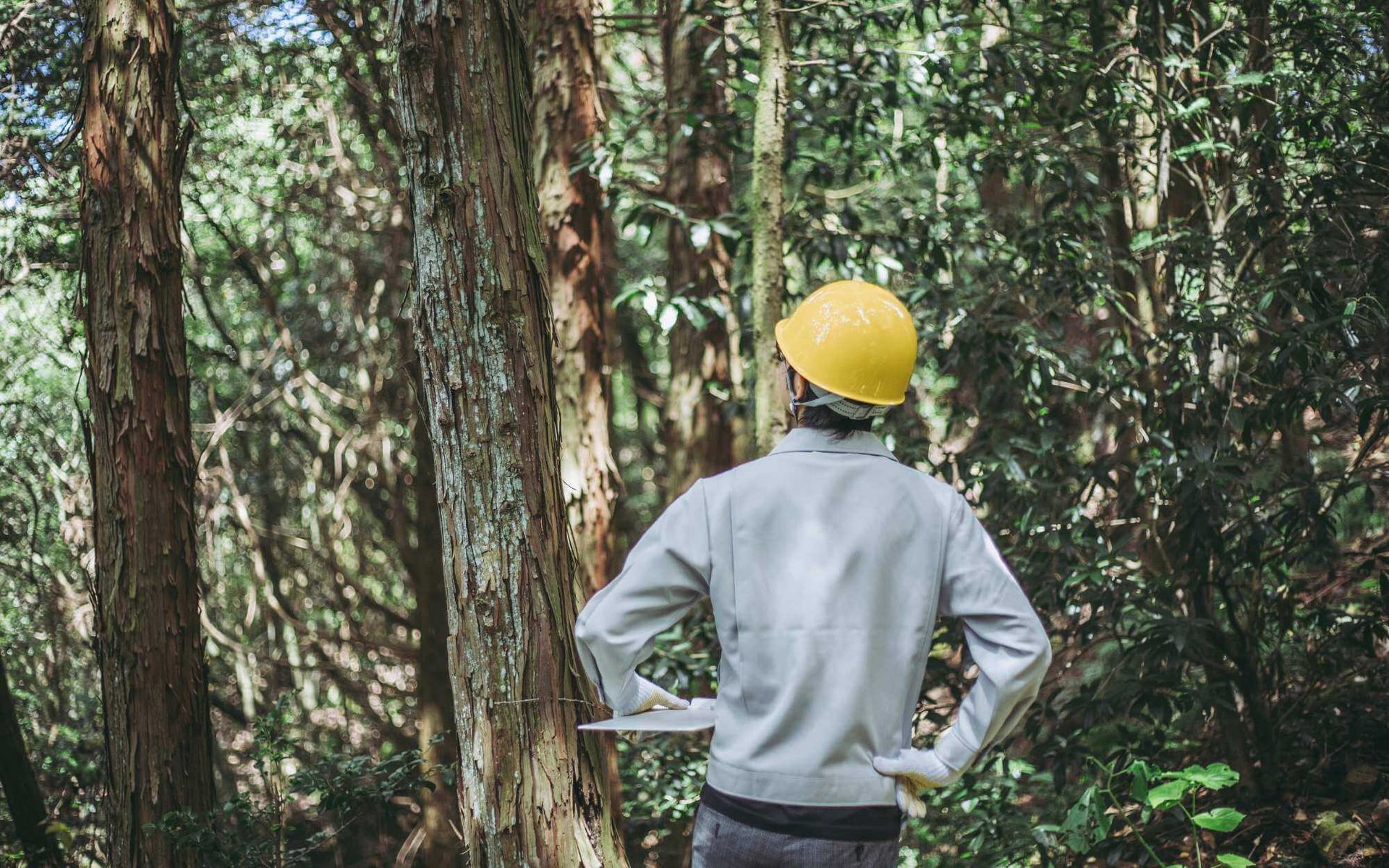
Urban air pollution stems from several sources, primarily vehicular emissions, industrial processes, and construction activities, each contributing to releasing pollutants like nitrogen dioxide, sulfur dioxide, particulate matter, and volatile organic compounds. Additionally, urban congestion intensifies the 'Urban Heat Island' effect, escalating pollution levels.
Health consequences of poor air quality range from respiratory conditions like asthma to severe heart diseases and lung cancer.
Environmentally, such pollution disrupts ecosystems, damaging flora and fauna, and contributes to global warming by increasing greenhouse gases in the atmosphere.
Reducing air pollution in an urban environment is crucial for both public health and environmental sustainability.
The Role of Urban Trees in Air Quality Improvement
Trees excel as natural air purifiers, owing to their unique ability to filter and absorb pollutants. Through the process of photosynthesis, they intake carbon dioxide, a major greenhouse gas, and release oxygen. Their leaves and bark serve as natural filters, trapping particulate matter, including dust, pollen, and smoke.
Moreover, trees absorb harmful pollutants such as sulfur dioxide, ammonia, and nitrogen oxides into their leaves and bark.
Urban tree cover can significantly reduce air pollution. A study by the U.S. Forest Service revealed that trees remove up to 17.4 million tons of air pollution annually in the U.S., improving public health. Additionally, by providing shade and releasing moisture, trees mitigate the 'Urban Heat Island' effect, reducing energy consumption and consequent emission of pollutants.
Strategic urban tree management promotes healthier, cleaner air, enhancing the quality of urban life.
Implementing Effective Urban Forestry Practices
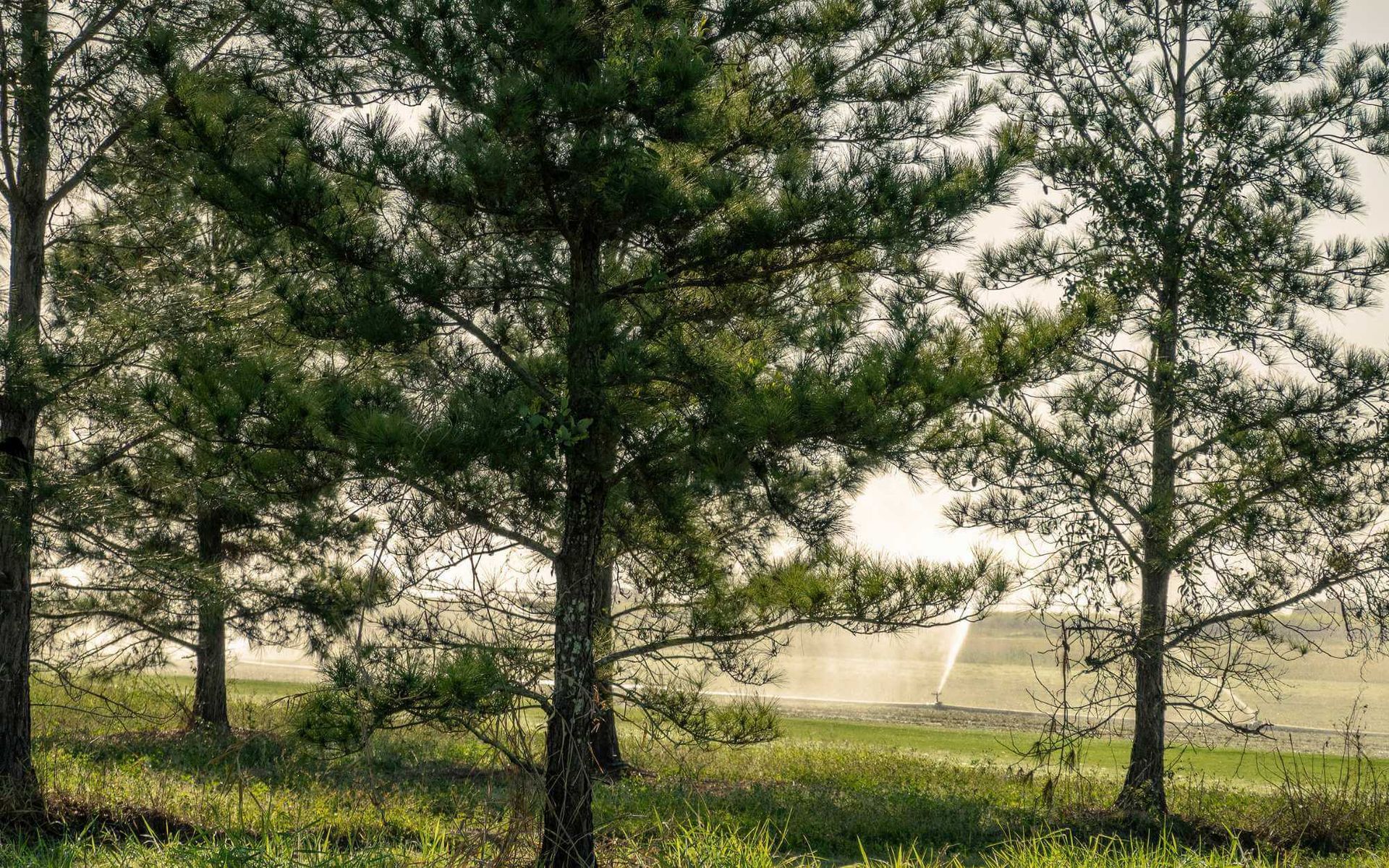
Sustainable urban areas begin with an urban forest management plan, which involves identifying suitable species and planting locations. Native, resilient varieties, apt for local climate and soil conditions, should be prioritized. Careful placement, considering factors like sunlight availability, space constraints, and proximity to infrastructure, ensures healthy growth and longevity.
Maintenance is another critical aspect, encompassing regular watering, fertilization, pruning, and disease control. Public involvement, through initiatives like tree adoption programs, can enhance maintenance efforts.
Despite these benefits, integrating trees into urban environments poses challenges. Limited space, soil compaction, pollution, and human activities can hinder growth and survival. To overcome these, advanced techniques like structural soil systems for increased rooting space, or tree guards to protect young trees, can be utilized.
Lastly, comprehensive regulations and policies for tree protection, coupled with efforts to raise public awareness about the importance of street trees, can support sustainable urban tree management.
Improving Air Quality through Urban Tree Management
Urban tree management is a potent tool in air pollution removal and the enhancement of the quality of life in cities. Trees, nature's air purifiers, absorb harmful air pollutants, reduce the 'Urban Heat Island effect, and offer vital health benefits. However, their effective integration necessitates strategic urban planting, care, and public participation.
Your support can make a difference. Advocate for urban tree planting initiatives, participate in community tree care programs, and encourage policies that preserve and increase our urban forests. Together, we can breathe life back into our urban spaces.
And if you need professional guidance, don't hesitate to call Real Tree Trimming & Landscaping, Inc. We're committed to providing
top-notch tree care services for cleaner, greener cities. So please don't wait any longer and join us in achieving improved air quality through urban tree management!
Want a free quote or some friendly advice? Call our team today:
